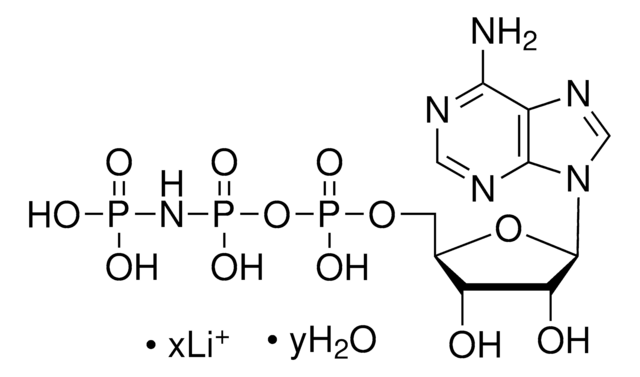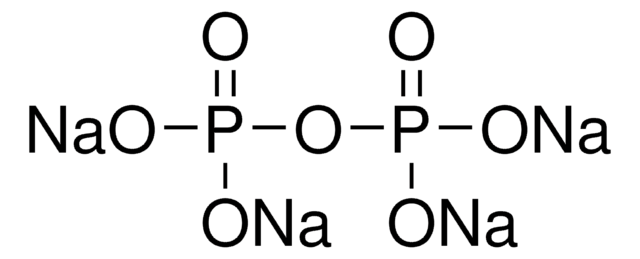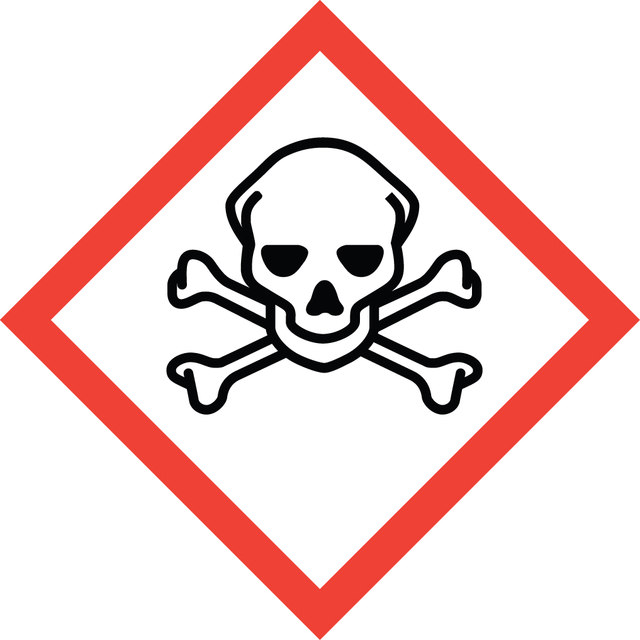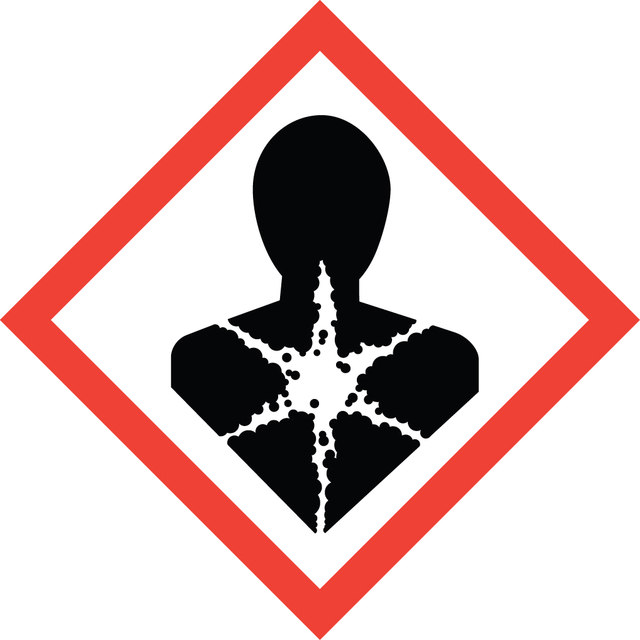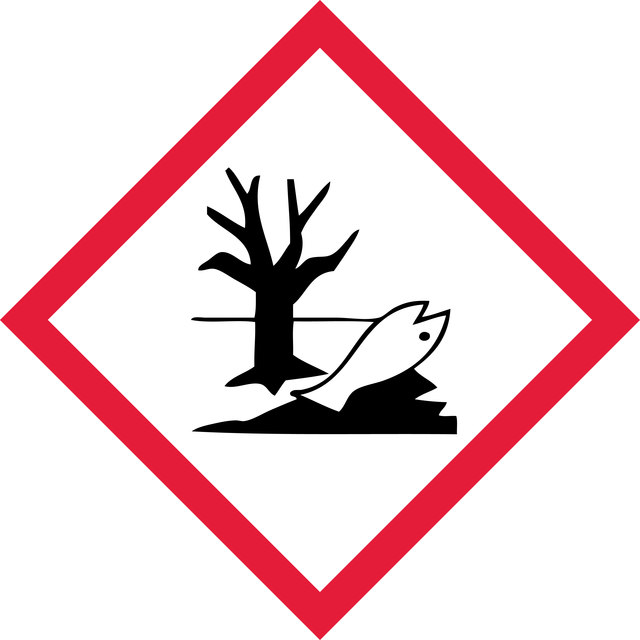推荐产品
方案
99.99% trace metals basis
密度
1.713 g/mL at 25 °C (lit.)
SMILES字符串
[Be++].[H]O[H].[H]O[H].[H]O[H].[H]O[H].[O-]S([O-])(=O)=O
InChI
1S/Be.H2O4S.4H2O/c;1-5(2,3)4;;;;/h;(H2,1,2,3,4);4*1H2/q+2;;;;;/p-2
InChI key
DIMYTQPLZWDZFE-UHFFFAOYSA-L
正在寻找类似产品? 访问 产品对比指南
应用
用于研究铍与二羧酸酯的螯合作用,以了解铍的生理化学。
警示用语:
Danger
危险分类
Acute Tox. 2 Inhalation - Acute Tox. 3 Oral - Aquatic Chronic 2 - Carc. 1B Inhalation - Eye Irrit. 2 - Skin Irrit. 2 - Skin Sens. 1 - STOT RE 1 Inhalation - STOT SE 3
靶器官
Respiratory system, Skin,Respiratory Tract
储存分类代码
6.1A - Combustible acute toxic Cat. 1 and 2 / very toxic hazardous materials
WGK
WGK 3
闪点(°F)
Not applicable
闪点(°C)
Not applicable
个人防护装备
dust mask type N95 (US), Eyeshields, Faceshields, Gloves, type P2 (EN 143) respirator cartridges
法规信息
新产品
Michael Schmidt et al.
Inorganic chemistry, 36(10), 2040-2043 (1997-05-07)
Maleic and phthalic acids are found to react with Be(OH)(2), generated in situ from BeSO(4)(aq) and Ba(OH)(2)(aq), in aqueous solution at pH 3.0 or 4.4, respectively (25 degrees C), to give solutions containing the complexes (H(2)O)(2)Be[(OOCCH)(2)] (1) and (H(2)O)(2)Be[(OOC)(2)C(6)H(4)] (3).
Andrew P Fontenot et al.
The Journal of clinical investigation, 110(10), 1473-1482 (2002-11-20)
Chronic beryllium disease (CBD) is caused by exposure to beryllium in the workplace, and it remains an important public health concern. Evidence suggests that CD4(+) T cells play a critical role in the development of this disease. Using intracellular cytokine
Priyatham Gorjala et al.
Biometals : an international journal on the role of metal ions in biology, biochemistry, and medicine, 23(6), 1061-1073 (2010-06-16)
In fibroblasts, beryllium salt causes activation of the p53 transcription factor and induction of a senescence-like state. It is not known whether Be(2+) can affect the proliferation of cancer cells, which are generally unsusceptible to senescence. A172 glioblastoma and RKO
Chronic beryllium disease: T cell recognition of a metal presented by HLA-DP.
A P Fontenot et al.
Clinical immunology (Orlando, Fla.), 100(1), 4-14 (2001-06-21)
Richard T Sawyer et al.
Free radical biology & medicine, 38(7), 928-937 (2005-03-08)
Beryllium (Be), the etiologic agent of chronic beryllium disease, is a toxic metal that induces apoptosis in human alveolar macrophages. We tested the hypothesis that Be stimulates the formation of reactive oxygen species (ROS) which plays a role in Be-induced
我们的科学家团队拥有各种研究领域经验,包括生命科学、材料科学、化学合成、色谱、分析及许多其他领域.
联系技术服务部门
